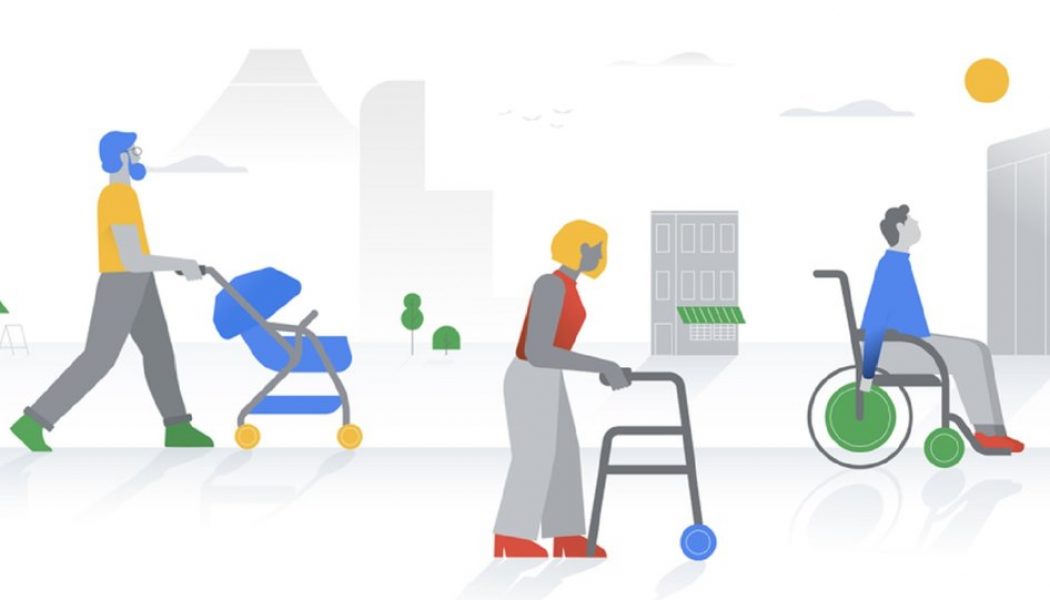In honour of Global Accessibility Awareness Day, Google is adding a long-overdue feature to its Maps app that puts details about a location’s accessibility facilities front and centre.
With the “Accessible Places” feature enabled, business and points of interest with wheelchair-accessible entrances are marked with a wheelchair icon along with information about whether accessible seating, restrooms, and parking are available. Previously, all that information was tucked away in a location’s “About” menu, which users would have to navigate to for every destination individually.
“With this feature ‘rollout’, it’s easier to find and contribute wheelchair accessibility information to Google Maps,” Google Maps software engineer Sasha Blair-Goldensohn says in a company blog post.
“That benefits everyone, from those of us using wheelchairs and parents pushing strollers to older adults with tired legs and people hauling heavy items. And in this time of COVID-19, it’s especially important to know before you go so that you won’t be stranded outside that pharmacy, grocery or restaurant.”
/* custom css */
.tdi_3_5c5.td-a-rec-img{ text-align: left; }.tdi_3_5c5.td-a-rec-img img{ margin: 0 auto 0 0; }
Per Thursday’s blog, it’s first rolling out to users in Australia, Japan, the United Kingdom, and America with support for additional countries “on the way.” There is still no word when the feature will be available in Africa.
Gizmodo reports that as of right now, Google Maps contains accessibility information for more than 15 million places worldwide. After a call for contributors in 2017, 120 million users posted updates on Google Maps regarding the presence of wheelchair-accessible facilities.
An estimated 130 million people worldwide are wheelchair users and roughly 30 million Americans said they had difficulty climbing stairs or used a wheelchair, cane, crutches or walker, according to the last nationwide census.
To turn the feature on, users can head to the app’s “Settings” menu, then navigate to “Accessibility Settings,” and toggle on “Accessible Places.”
Edited by Luis Monzon
Follow Luis Monzon on Twitter
Follow IT News Africa on Twitter
/* custom css */
.tdi_4_c8b.td-a-rec-img{ text-align: left; }.tdi_4_c8b.td-a-rec-img img{ margin: 0 auto 0 0; }











